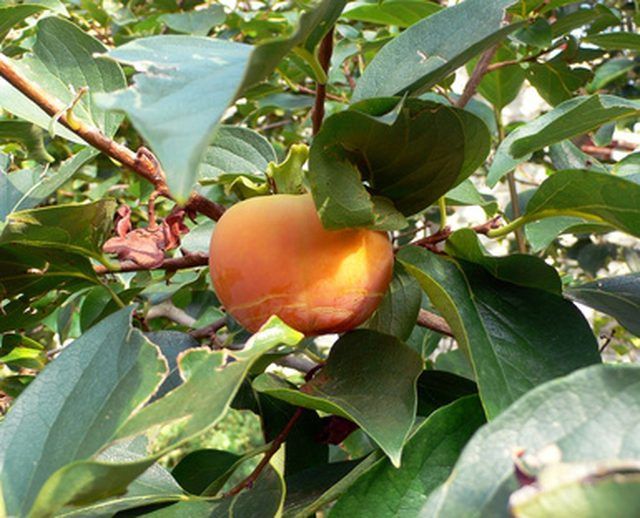Bulbs
Flower Basics
Flower Beds & Specialty Gardens
Flower Garden
Garden Furniture
Garden Gnomes
Garden Seeds
Garden Sheds
Garden Statues
Garden Tools & Supplies
Gardening Basics
Green & Organic
Groundcovers & Vines
Growing Annuals
Growing Basil
Growing Beans
Growing Berries
Growing Blueberries
Growing Cactus
Growing Corn
Growing Cotton
Growing Edibles
Growing Flowers
Growing Garlic
Growing Grapes
Growing Grass
Growing Herbs
Growing Jasmine
Growing Mint
Growing Mushrooms
Orchids
Growing Peanuts
Growing Perennials
Growing Plants
Growing Rosemary
Growing Roses
Growing Strawberries
Growing Sunflowers
Growing Thyme
Growing Tomatoes
Growing Tulips
Growing Vegetables
Herb Basics
Herb Garden
Indoor Growing
Landscaping Basics
Landscaping Patios
Landscaping Plants
Landscaping Shrubs
Landscaping Trees
Landscaping Walks & Pathways
Lawn Basics
Lawn Maintenance
Lawn Mowers
Lawn Ornaments
Lawn Planting
Lawn Tools
Outdoor Growing
Overall Landscape Planning
Pests, Weeds & Problems
Plant Basics
Rock Garden
Rose Garden
Shrubs
Soil
Specialty Gardens
Trees
Vegetable Garden
Yard Maintenance
What Do Persimmon Trees Leaves Look Like?
What Do Persimmon Trees Leaves Look Like?. The persimmon tree is a member of the Ebony family, a group of plants that contains just two trees native to the United States---the common persimmon and the Texas persimmon. Persimmons produce a fruit that has a taste mimicking that of dates, according to the "National Audubon Field Guide to Trees." The...

The persimmon tree is a member of the Ebony family, a group of plants that contains just two trees native to the United States---the common persimmon and the Texas persimmon. Persimmons produce a fruit that has a taste mimicking that of dates, according to the "National Audubon Field Guide to Trees." The common persimmon grows in the lower eastern half of the nation, while the Texas persimmon exists in southern Texas. The leaves that grow on the persimmon's branches have distinct features.
Color
The common persimmon leaf is a glossy darker shade of green on its upper side, but a much paler hue of green underneath. The underneath portion of a common persimmon leaf can appear to be almost whitish at times. The Texas persimmon leaf is shiny above, with a dark green color, while its underside is dull green.
Size
The length of the common persimmon leaf varies; some leaves are as short as 2.5 inches and others reaching 6 inches long, states the Virginia Department of Forestry website. The width also varies, with some common persimmon leaves just an inch and a half wide and others as wide as 3 inches. Texas persimmon leaves are smaller than the leaves of common persimmon, with the longest being an inch and a half in length. The diameter of a Texas persimmon leaf will fall in the range of between 3/8 of an inch and ? of an inch.
Shape
Persimmon leaves are what botanists refer to as a simple leaf, with just one blade. The shape of these leaves is elliptical to oblong. The persimmon leaf has a rounded end, with some having a small notch. The edges, or margins, of the persimmon leaf have no serrations and are smooth as you run your finger along them.
Autumn Persimmon Leaves
The fall coloration of the persimmon tree is usually less than spectacular, states the Ohio Department of Natural Resources site. While in some cases the leaves will develop streaks of such colors as red-purple, orange and yellow, most of the time the leaves just change to a different shade of a lighter green. The persimmon is a deciduous tree, with the foliage falling off the branches well before winter.
Considerations
The pattern of leaf growth on a persimmon branch is alternate, with one leaf emerging from the individual nodes on the limbs. The undersides of persimmon leaves are pubescent, says the University of Connecticut Plant Database. This means that fine minute hairs exist on the underneath portion of the leaves, a feature that does not appear on the upper sides. The leaves grow thick in the upper branches of a young persimmon specimen, making the tree attractive with the dark green colors.